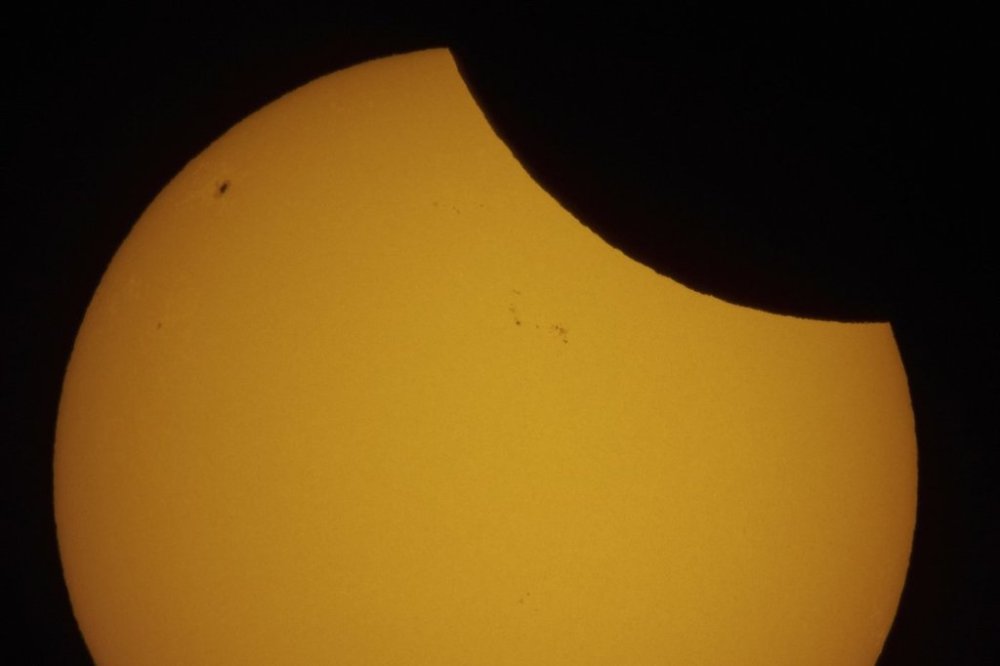Partial solar eclipse at the bottom of the world closes out the year’s sun and moon spectacles
Advertisement
Read this article for free:
or
Already have an account? Log in here »
To continue reading, please subscribe:
Monthly Digital Subscription
$1 per week for 24 weeks*
- Enjoy unlimited reading on winnipegfreepress.com
- Read the E-Edition, our digital replica newspaper
- Access News Break, our award-winning app
- Play interactive puzzles
*Billed as $4.00 plus GST every four weeks. After 24 weeks, price increases to the regular rate of $19.00 plus GST every four weeks. Offer available to new and qualified returning subscribers only. Cancel any time.
Monthly Digital Subscription
$4.75/week*
- Enjoy unlimited reading on winnipegfreepress.com
- Read the E-Edition, our digital replica newspaper
- Access News Break, our award-winning app
- Play interactive puzzles
*Billed as $19 plus GST every four weeks. Cancel any time.
To continue reading, please subscribe:
Add Winnipeg Free Press access to your Brandon Sun subscription for only
$1 for the first 4 weeks*
*$1 will be added to your next bill. After your 4 weeks access is complete your rate will increase by $0.00 a X percent off the regular rate.
Read unlimited articles for free today:
or
Already have an account? Log in here »
CAPE CANAVERAL, Fla. (AP) — The bottom of the world is front and center for a partial solar eclipse next week.
Antarctica, New Zealand and a sliver of Australia are in prime position as the moon slips between the sun and Earth, obscuring a good portion of our star. The action unfolds on Monday local time Down Under, two weeks after a total lunar eclipse wowed Asia.
It will be the fourth and last eclipse of the year. Another back-to-back pair of eclipses opened the year in March.

The sun will put on even better shows in 2026, hitting both polar regions. A “ring of fire” eclipse will cut across Antarctica in February, with a total solar eclipse over the Arctic in August, as well as Greenland, Iceland and Spain.
___
The Associated Press Health and Science Department receives support from the Howard Hughes Medical Institute’s Department of Science Education and the Robert Wood Johnson Foundation. The AP is solely responsible for all content.

